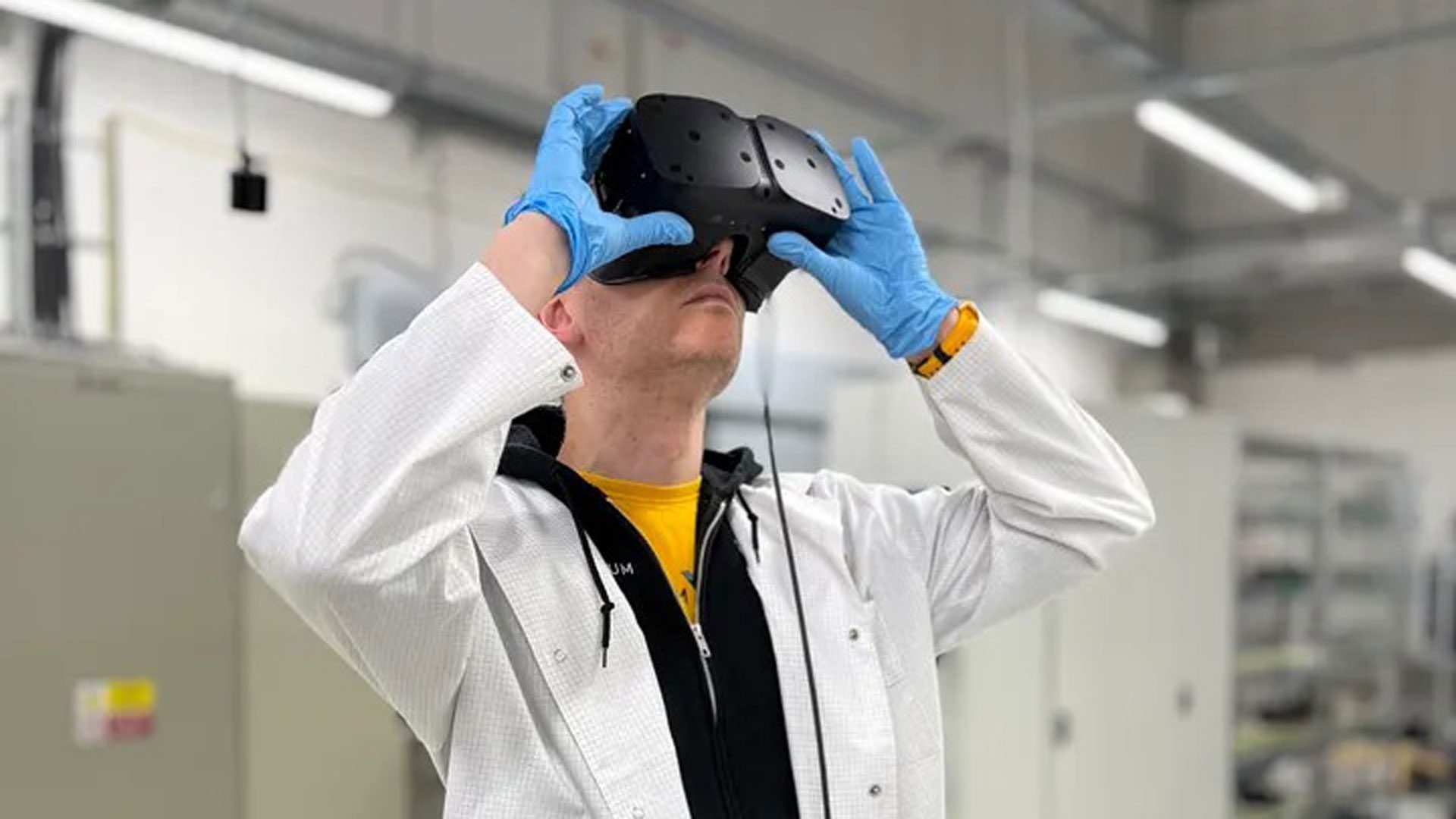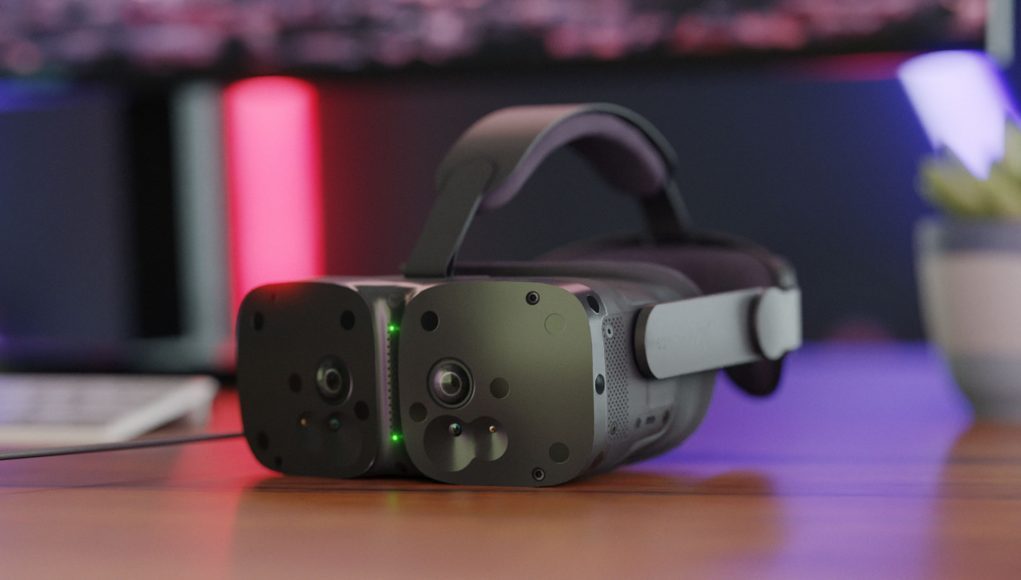Somnium Space, the Prague, Czechia-based social platform creator, has officially begun launching its PC VR headset, Somnium VR1, in the US. Additionally, the company announced its streamlining the number of available variants, bringing it to just three consumer-focused versions, and also increasing prices soon on its higher-end units.
The company says it’s now discontinuing a number of previously offered configurations of Somnium VR1, including Striker Edition, Classic Edition, Specter Edition, and Translucent Edition.
The Classic Edition was previously its entry level, priced at €1,900 (~$1,980 USD), which didn’t include eye-tracking. Now the company’s cheapest VR1 is the Visionary Edition, which does include eye-tracking, and is priced at €2,499 (~$2,600 USD). Notably, these prices don’t include local tax.

“For those who have already purchased these discontinued editions — don’t worry, your orders are safe, and you will receive them as planned,” the company says in a new announcement. “In fact, owning one of these variants will make your headset even more exclusive and unique.”
Continuing, the company outlines the reasoning behind discontinuing those versions:
“This decision allows us to focus our efforts on delivering the Visionary, Ultimate, and Titan Editions faster and more efficiently, while continuing to meet the highest standards of quality you expect from us.”

Somnium Space is also increasing prices of its Visionary, Ultimate, and Titan Editions. For now, it’s unclear what those new prices will be. The company says it’s keeping current prices until January 16th, 2025. Thereafter, new pricing will be announced and become effective on January 16th, 2025, the company says.
Here’s a recap of its variants and pricing structure as it stands today (tax not included):
- Visionary Edition (VR, eye-tracking): €2,499 (~$2,600 USD)
- Titan Edition (VR, eye-tracking, hand-tracking): €2,899 (~$3,020 USD)
- Ultimate Edition (VR, eye-tracking, hand-tracking, MR passthrough): €3,499 (~$3,659 USD)
- Military Edition (VR, eye-tracking, hand-tracking, MR passthrough): ???
“While we strive to make Somnium VR1 as affordable as possible, we also refuse to compromise on quality. The production process for these headsets has turned out to be far more complex than initially anticipated. As a result, we will be increasing prices for the Visionary, Ultimate, and Titan Editions,” the company says.
Somnium Space maintains orders made today are currently estimated to arrive in February – March 2025, with shipping regions including most of Europe, the UK and US.
Moving forward into 2025, the Somnium Space says it plans to eventually sell spare parts for the Somnium VR1, including items such as optical modules, main boards, electronics, cables, screens, and more.
Somnium VR1 Specs
- Display: QLED Mini-Led Fast LCD – 2,880 × 2,880 per-eye
- Field of view: 130° horizontal, 105° vertical. The VR1 can render up to 140° horizontally, though the actual FOV may vary slightly depending on face and eye shape.
- Refresh rate: 72 Hz, 90 Hz, upgradeable to 120 and 144 Hz (experimental)
- Local dimming zones: 576 per eye
- Eye tracking: 120 Hz, with an open-sourced algorithm that can be used and modified for any use case
- Connectivity: USB-C, DisplayPort 1.4, 3.5mm audio jack
- IPD Range: 57 to 76 mm
Looking for a more in-depth look at Somnium VR1? Check out our hands-on from July 2024 to hear our impressions.







